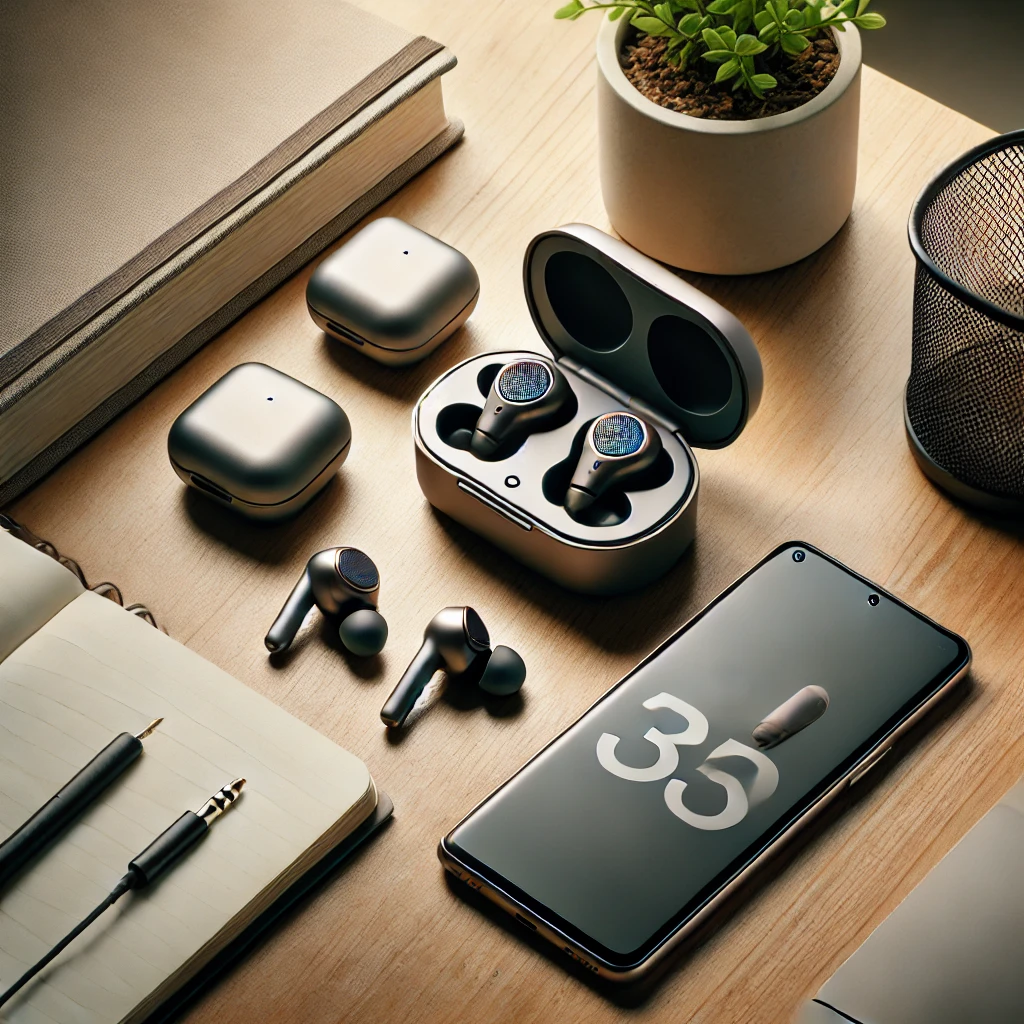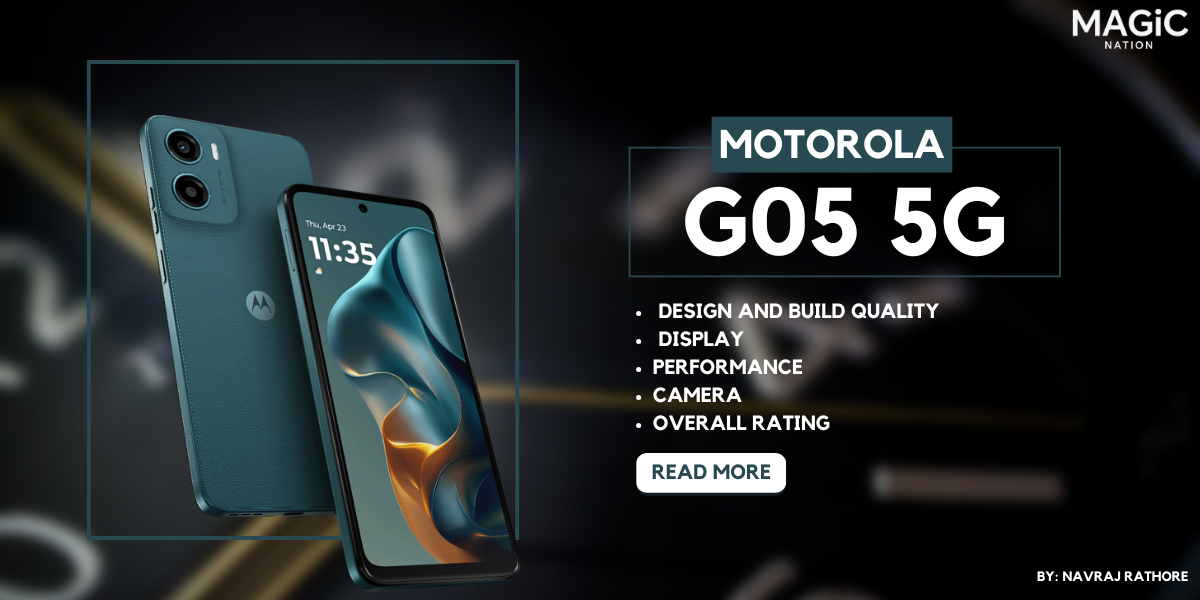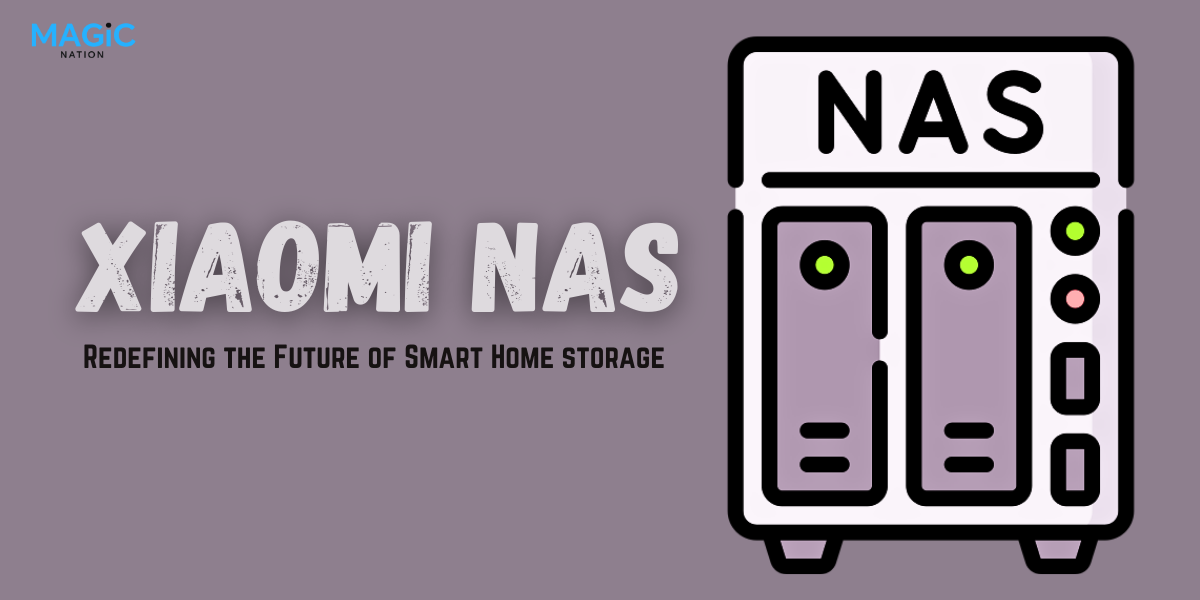Pixel binning is a powerful technique that has revolutionized smartphone photography. As an tech enthusiast, you'll appreciate how this technology has transformed the way we capture moments. In this concise article, we'll explore the benefits, drawbacks, and reach a conclusion on the impact of pixel binning in smartphone photography.
Benefits of Pixel Binning
Pixel binning involves combining data from adjacent pixels on the image sensor to create a single, larger "super pixel." This process offers several advantages:
Improved Low-Light Performance: Pixel binning results in larger super pixels that can capture more light. This significantly enhances a smartphone's ability to produce clear, well-exposed photos in low-light conditions.
Reduced Noise: By averaging data from multiple pixels, pixel binning reduces noise in images, resulting in cleaner, more detailed photographs.
Enhanced Dynamic Range: Super pixels created through pixel binning can capture a wider range of brightness levels, preserving more detail in both shadows and highlights.
Sharper Images: Pixel binning can also be used to enhance image sharpness by intelligently combining pixel data, resulting in crisper photos.
Drawbacks of Pixel Binning
While pixel binning offers numerous advantages, it's important to consider its limitations:
Lower Resolution: Combining pixels reduces the overall resolution of an image. Although this may not be noticeable in most scenarios, it can impact the ability to crop or zoom into photos.
Potential Loss of Detail: In some cases, pixel binning may result in a slight loss of fine detail compared to images captured at full sensor resolution.
Limited to Certain Sensors: Not all smartphone sensors support pixel binning, so its benefits are not universally available.
Conclusion
Pixel binning is a game-changer in smartphone photography, particularly in low-light situations. By sacrificing some resolution, it significantly enhances image quality by reducing noise, improving dynamic range, and boosting sharpness. For everyday photography, the trade-off in resolution is often well worth the benefits.
Advancements in pixel binning, along with complementary technologies like AI-driven image processing, continue to push the boundaries of what smartphone cameras can achieve. In conclusion, pixel binning has firmly established itself as a vital tool in the smartphone photographer's arsenal, elevating the quality of our mobile snapshots to new heights.
Pixel Binning: Illuminating the Dark and Sharpening the Focus
Post Reply
3 posts
• Page 1 of 1
-
- Information
-
Who is online
Users browsing this forum: No registered users and 22 guests
Recent Posts

Intra circle Roaming
Mon Jan 20, 2025 10:27 pm
Syed_Nabi23
133
2

HONOR Magic7 Pro's AI Super Zoom: A Game-Changer for Telephoto Photography
Sun Jan 19, 2025 8:16 pm
sarthhkk
237
2

Tech Roundtable VOL. #33 - Gaming Smartphones: Do You Really Need One
Thu Jan 16, 2025 11:55 pm
sarthhkk
206
2

AMRIT UDYAN TO OPEN FOR PUBLIC FROM FEBRUARY 2
Tue Jan 21, 2025 11:01 pm
Syed_Nabi23
86
1

Best Budget Earbuds Under ₹3,000: Power, Style, and Savings
Sun Jan 19, 2025 4:57 pm
Cozycupcake
189
2

Leaving Your Laptop Plugged In Ruins the Battery: Fact or Myth? - MBM Episode #3
Mon Jan 20, 2025 11:14 am
Navraj rathore
137
1

Moto G05 Review: Is This the Best Budget Smartphone of 2025? 🤔
Fri Jan 17, 2025 1:37 pm
Navraj rathore
226
2

Xiaomi NAS: Redefining the Future of Smart Home Storage
Sat Jan 18, 2025 3:07 pm
sarthhkk
226
1

Honor Magic7 RSR: Redefining Luxury and Performance
Fri Jan 17, 2025 5:00 pm
sarthhkk
278
2

Best Laptop Deals to Grab in Amazon Great Republic Day Sale 2025
Thu Jan 16, 2025 8:35 pm
sarthhkk
273
1
- Copyright © 2024 Magicnation. All rights reserved.
